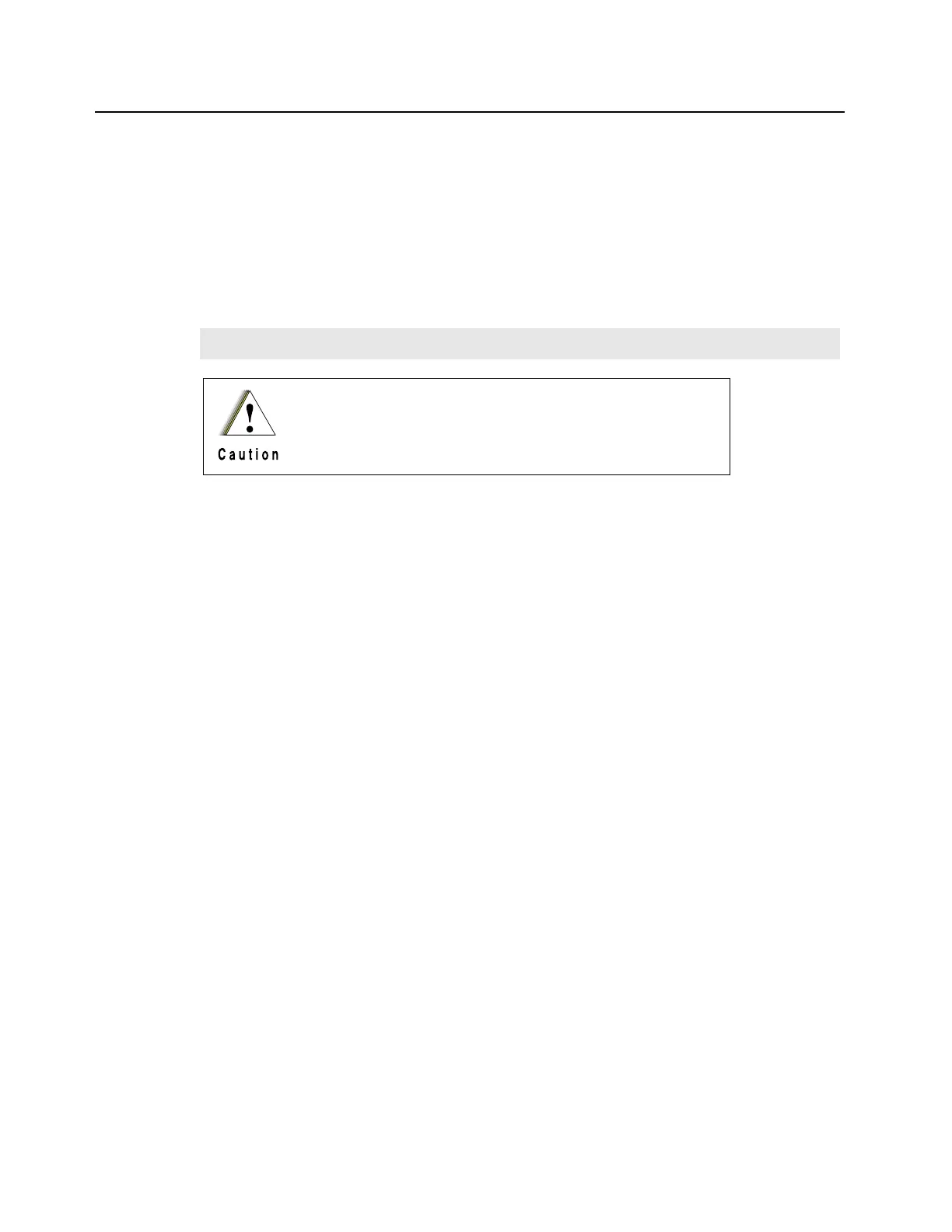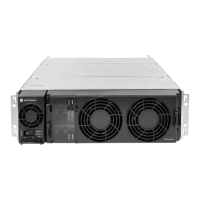9-28 MTR3000 Radio Frequency Distribution System (RFDS) Equipment: Field Tuning Procedures
9.5.2 Duplexer
Duplexer modules shipped with stations are tuned at the factory. If a duplexer must be replaced in
the field, the unit must be installed and tuned specifically to the transmit and receive frequency pair
for the particular base station/repeater.
The duplexer module is comprised of three low-pass/high-notch cavities and three high-pass/low-
notch cavities. Each set of three cavities provides bandpass filtering for either the transmit RF signal
or the receive RF signal. In general, the duplexer must be tuned so that the transmit cavity set
passes the transmit signal and rejects the receive signal and, at the same time, the receive cavity set
must be tuned to pass the receive signal and reject the transmit signal.
Tuning is performed by injecting RF signals and making tuning adjustments (using the tuning pass
and notch and trimmer screws) while monitoring for maximum or minimum readings on the RF
millivoltmeter. Field tuning the duplexer module requires the following general adjustments:
• Tune high-pass/low-notch cavities for maximum pass and reject response
• Tune low-pass/high-notch cavities for maximum pass and reject response
• Check high-pass/low-notch and low-pass/high-notch cavities for insertion loss
• Check high-pass/low-notch and low-pass/high-notch cavities for isolation
9.5.2.1 Duplexer Tuning Procedure (with basic instruments)
9.5.2.1.1 Test Equipment
The following test equipment are required to properly tune the duplexer module:
• Aeroflex 3900 Series Communications System Analyzer (or equivalent)
• RF Millivoltmeter (Boonton 92E or equivalent)
• RF Signal Generator (HP8565B or equivalent)
•50 Ω N-type terminator
• Tuning tool; 4 mm x 10.1 cm (5/32" x 4") screwdriver
• N-to-N bullet connector (UG29A/U or equivalent)
• 11 mm (7/16") Nutdriver
• 11 mm (7/16") Open End Wrench
• N-to-BNC Adapter (UG349A/U)
• N-to-N Connector (UG57B/U)
Note
The 800 MHz duplexer module is fixed and does not require tuning.
This tuning procedure is valid for channels with a bandwidth
of 200 kHz or less. If the bandwidth is more than 200 kHz, the
duplexer must be tuned by the service depot.

